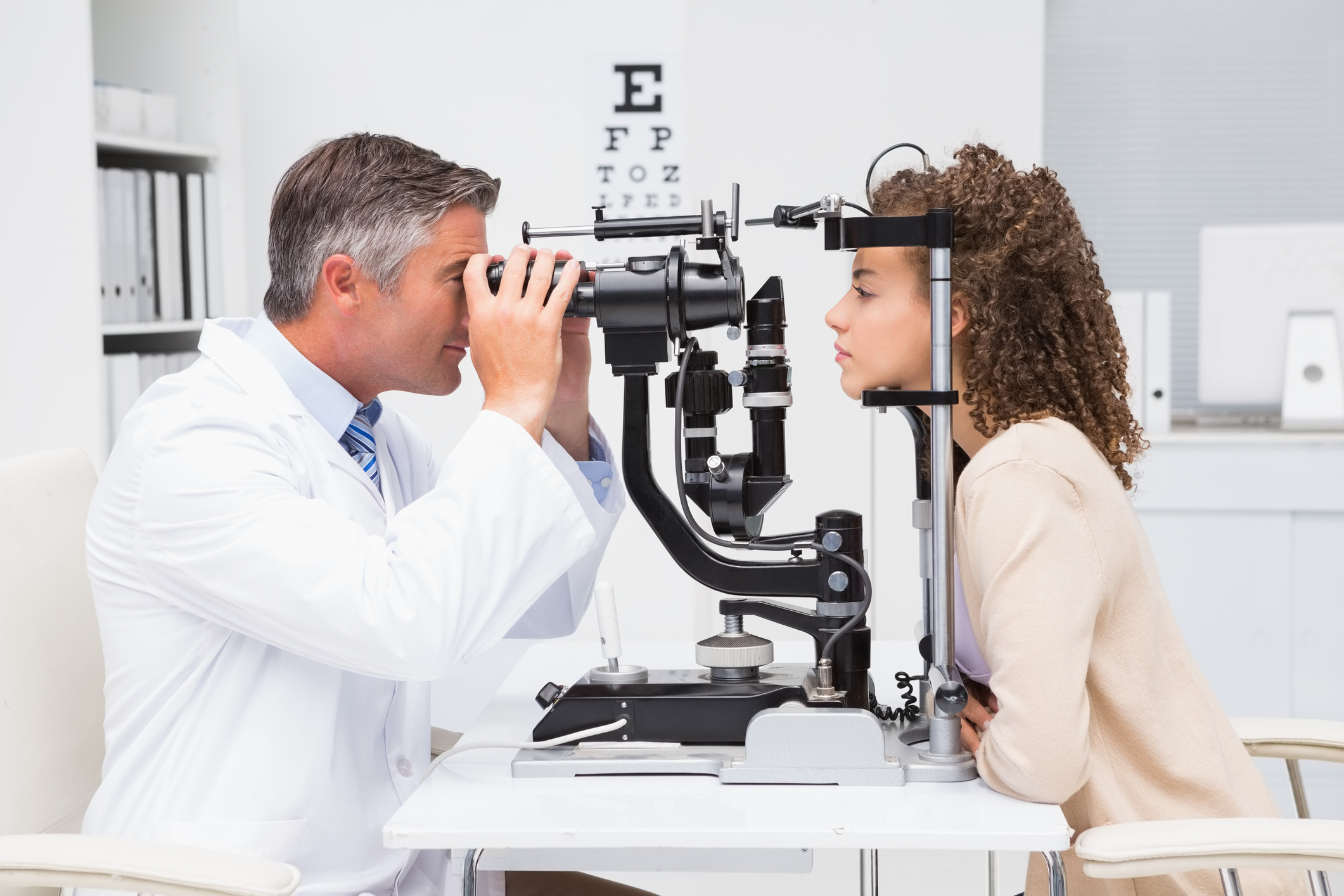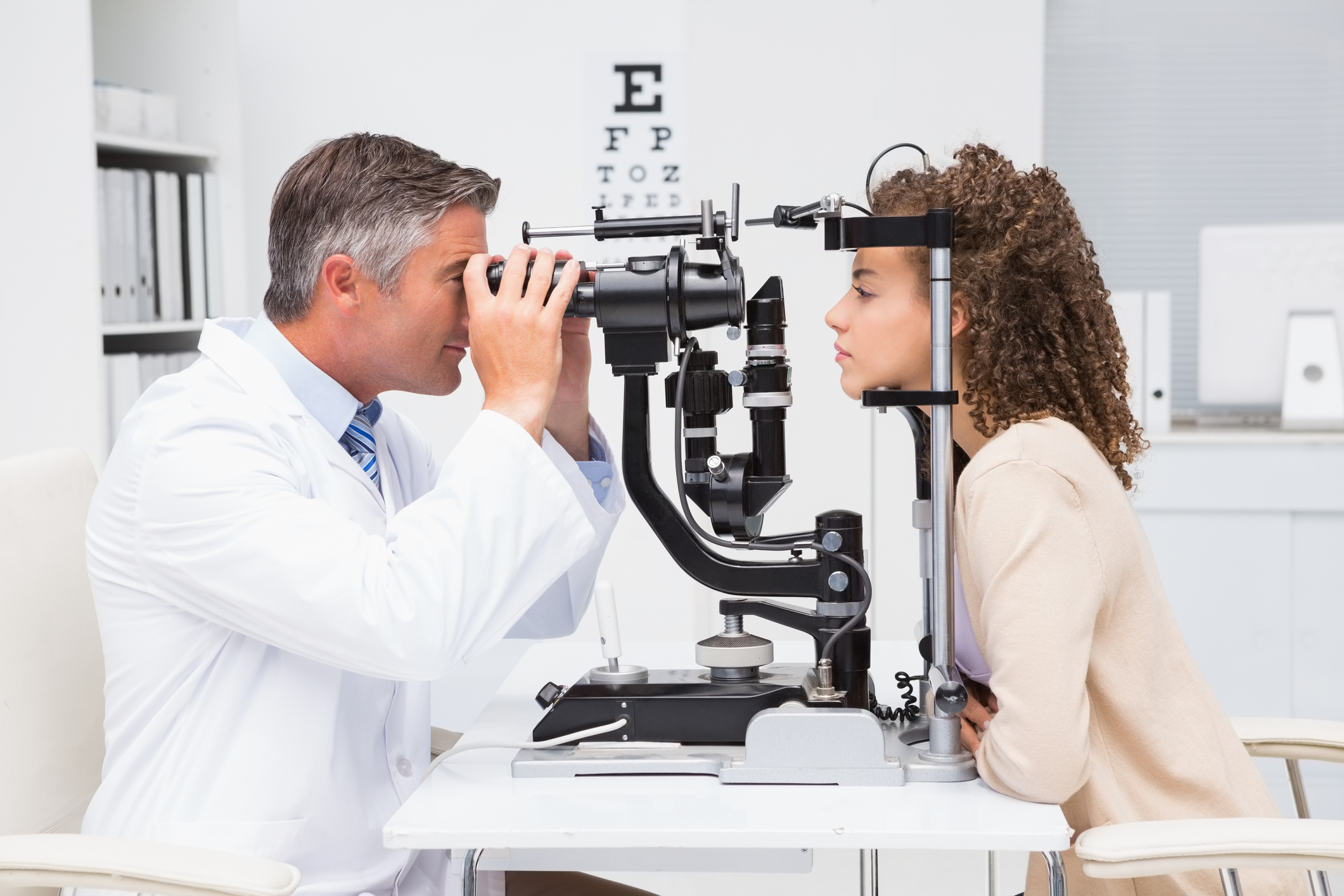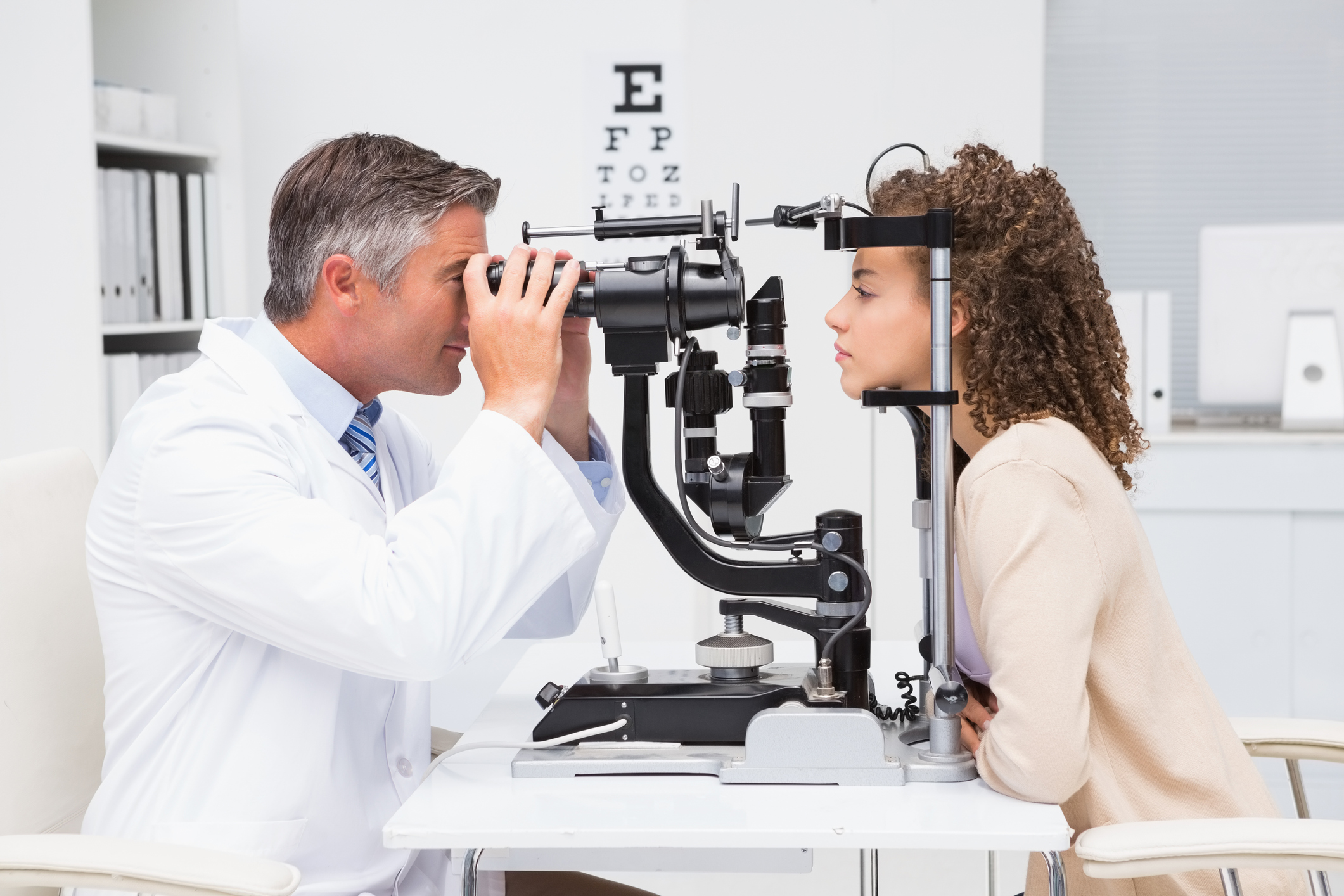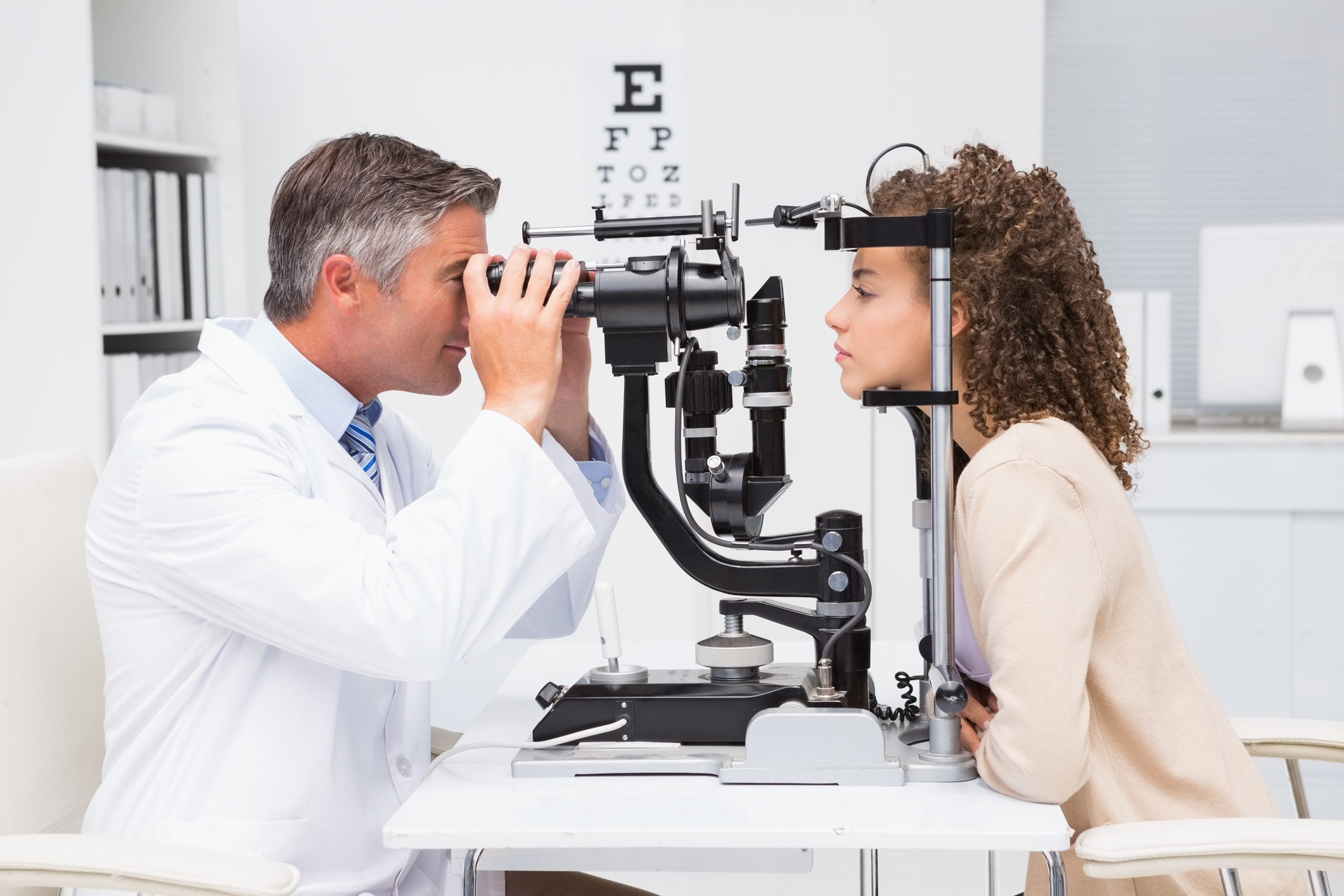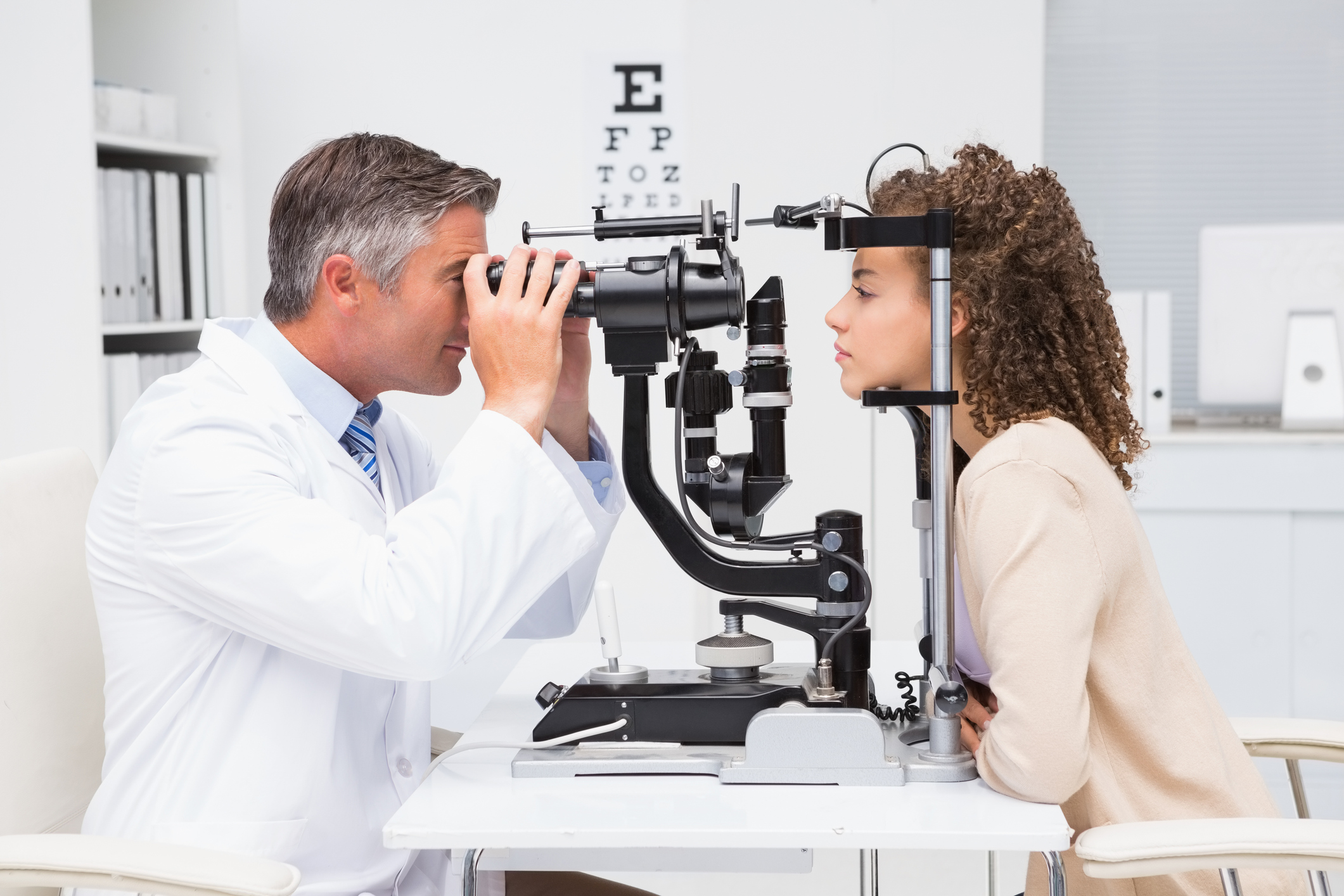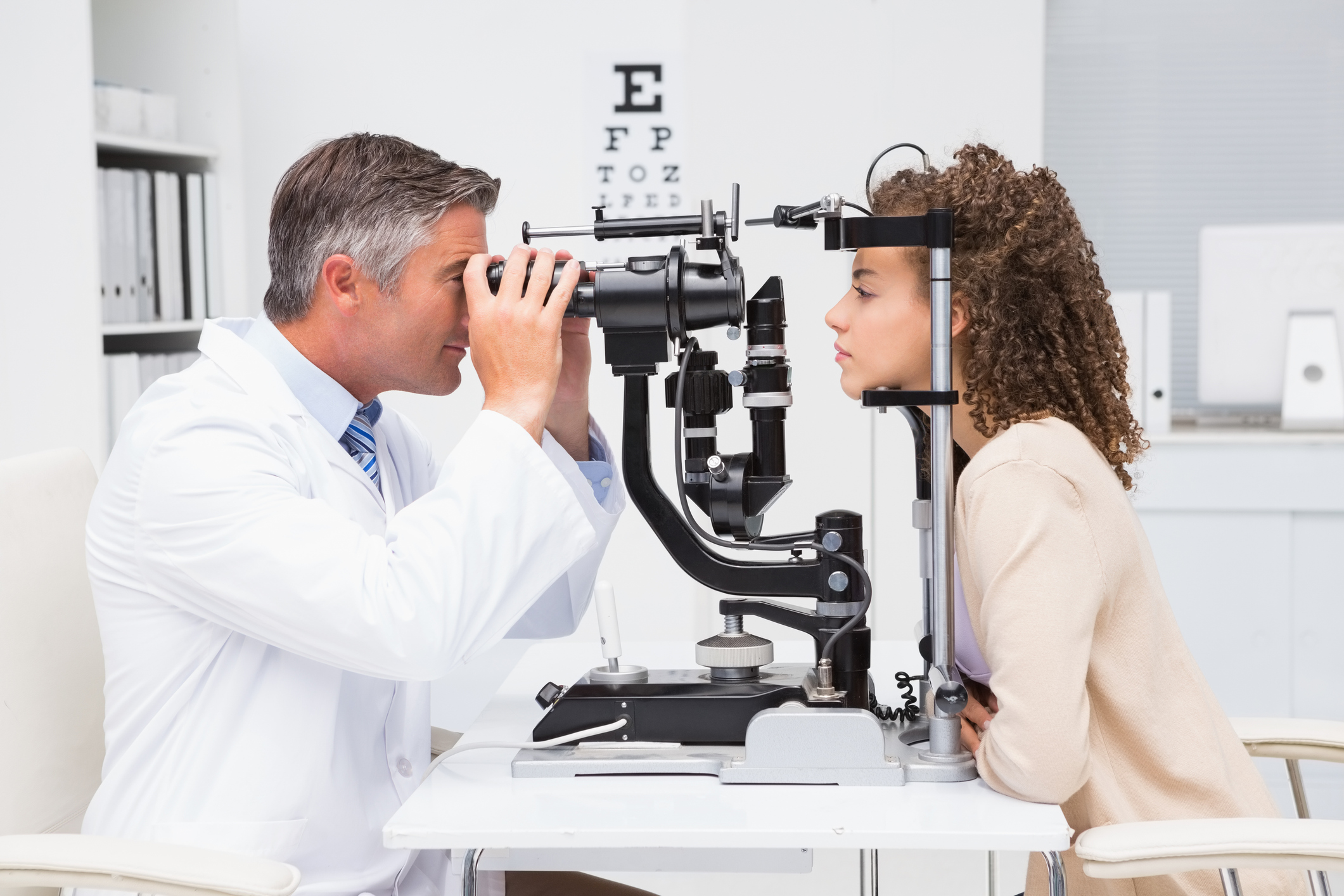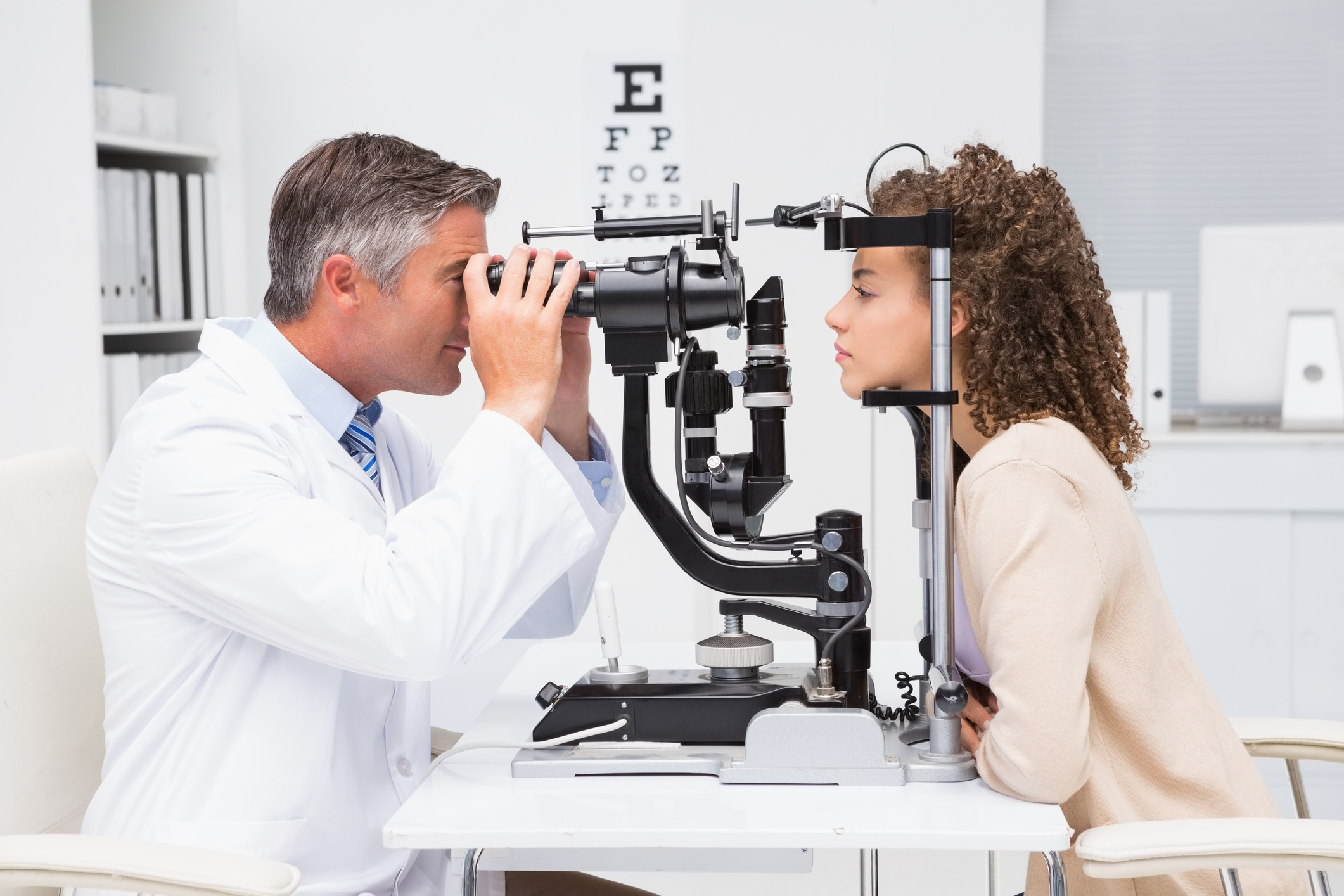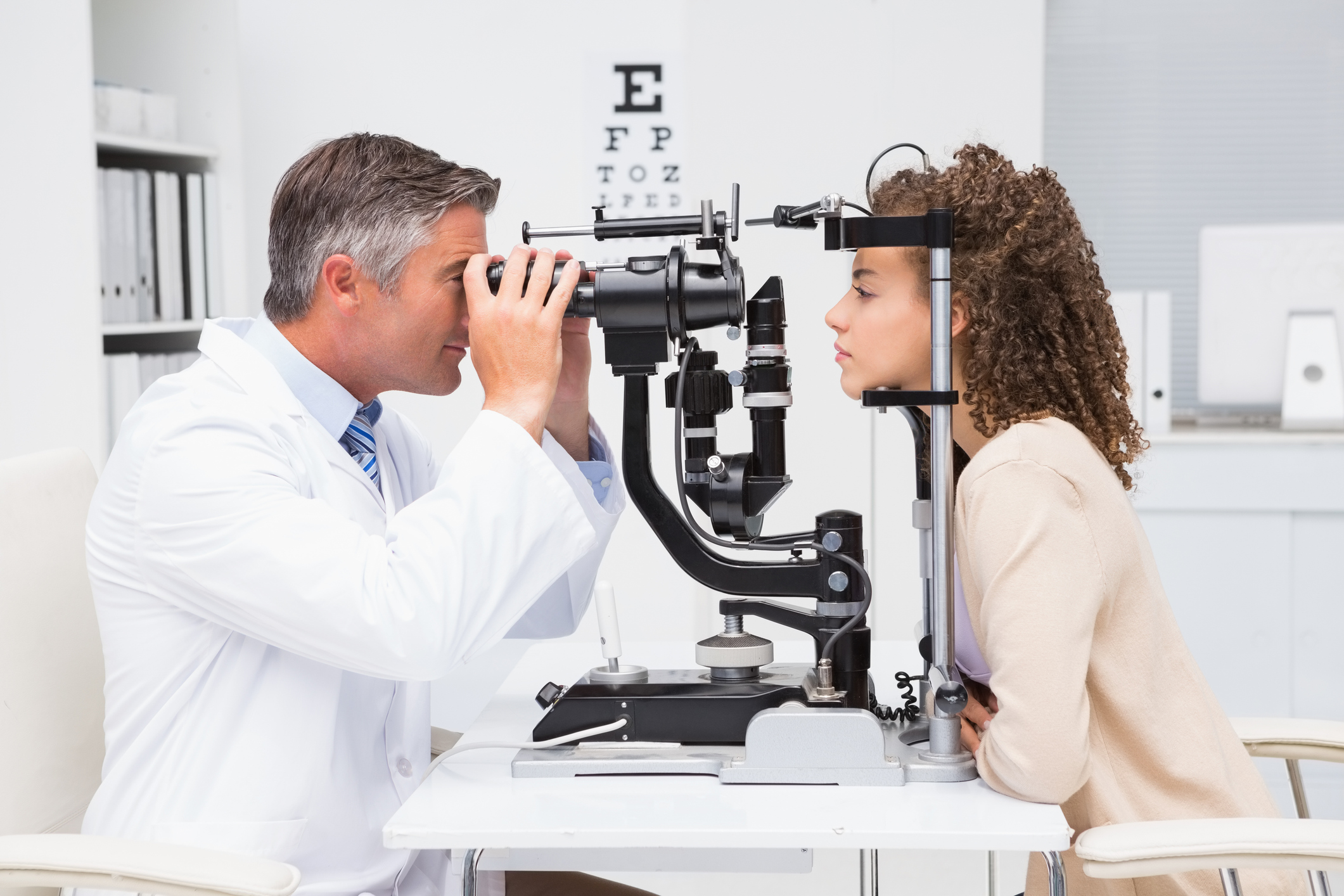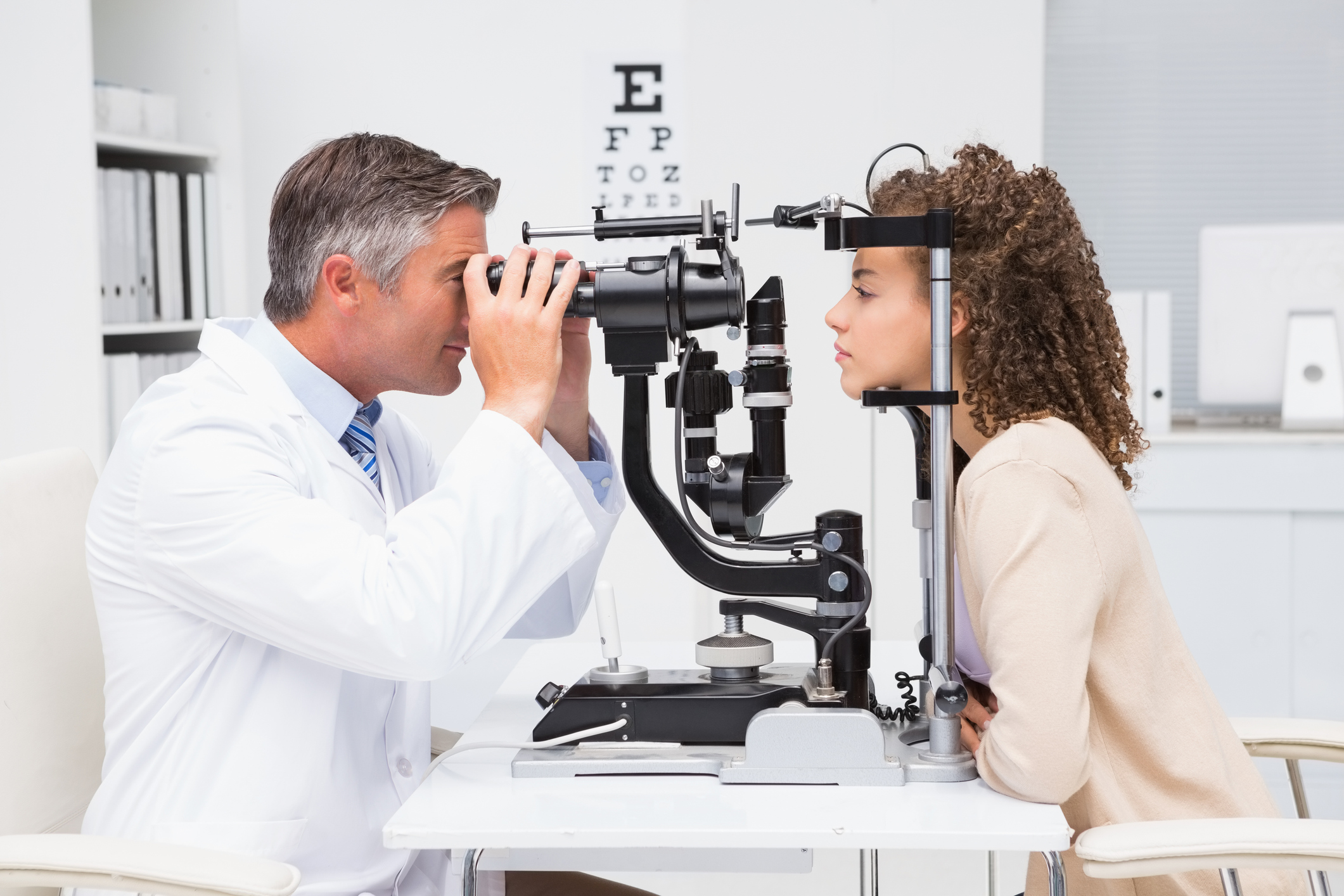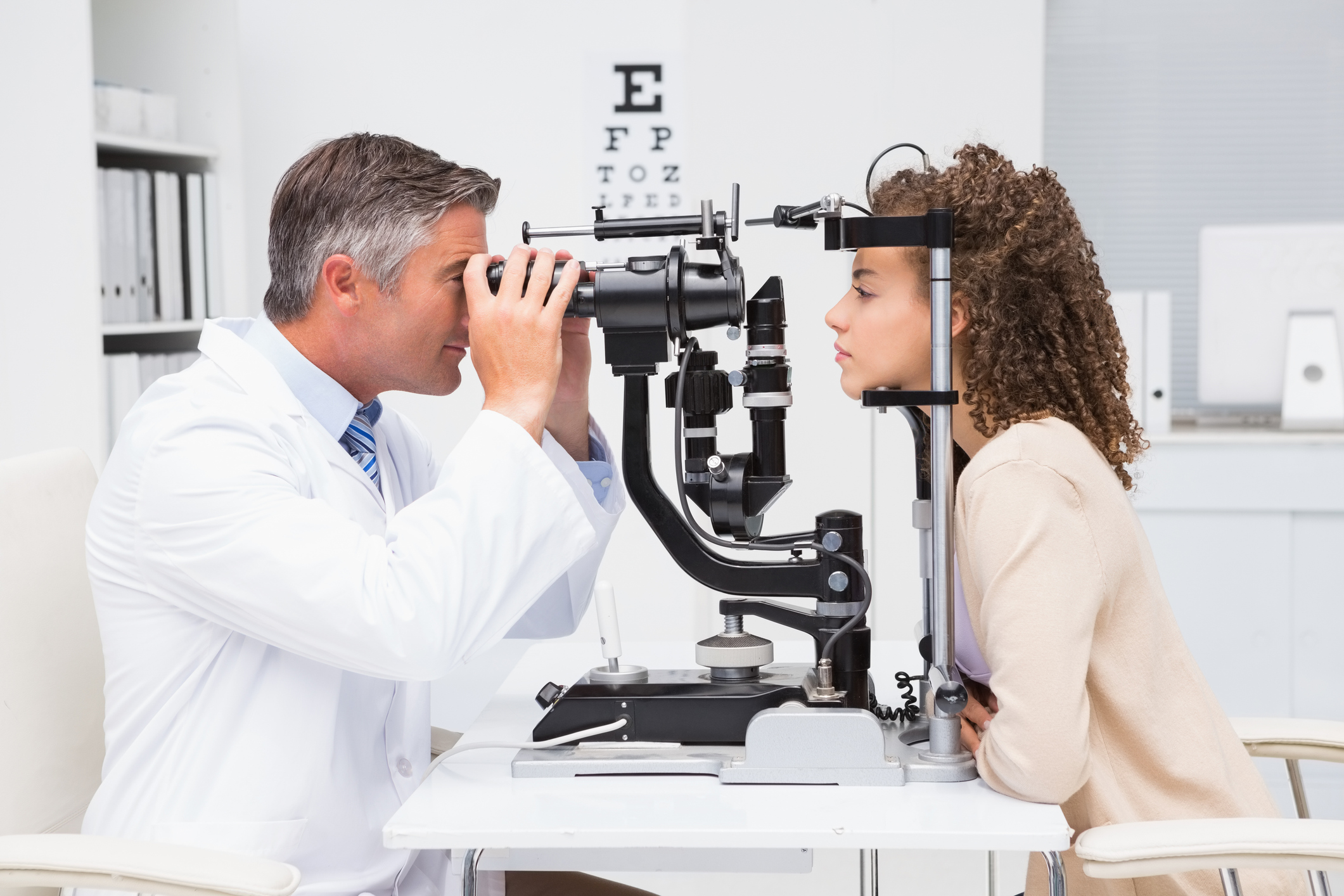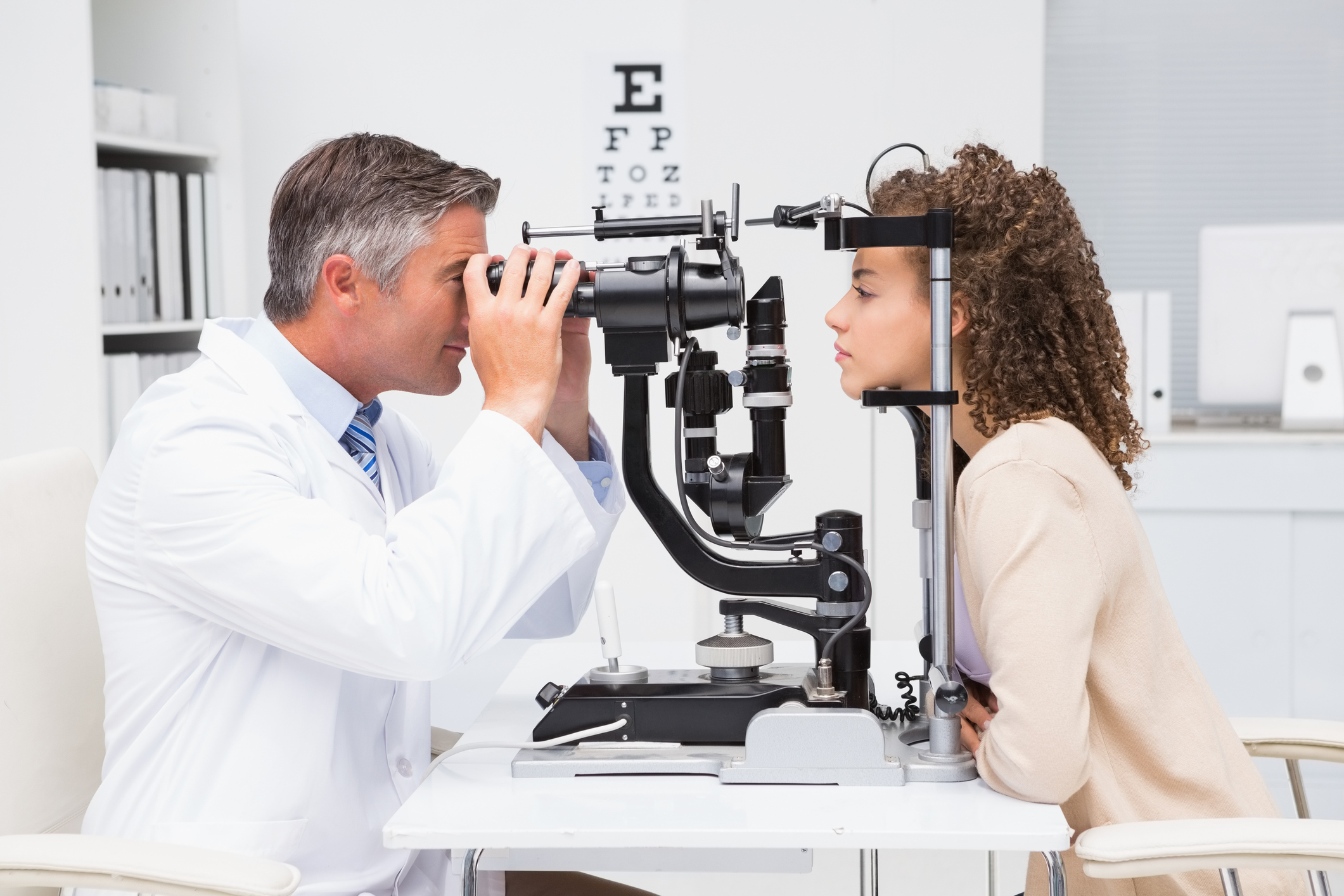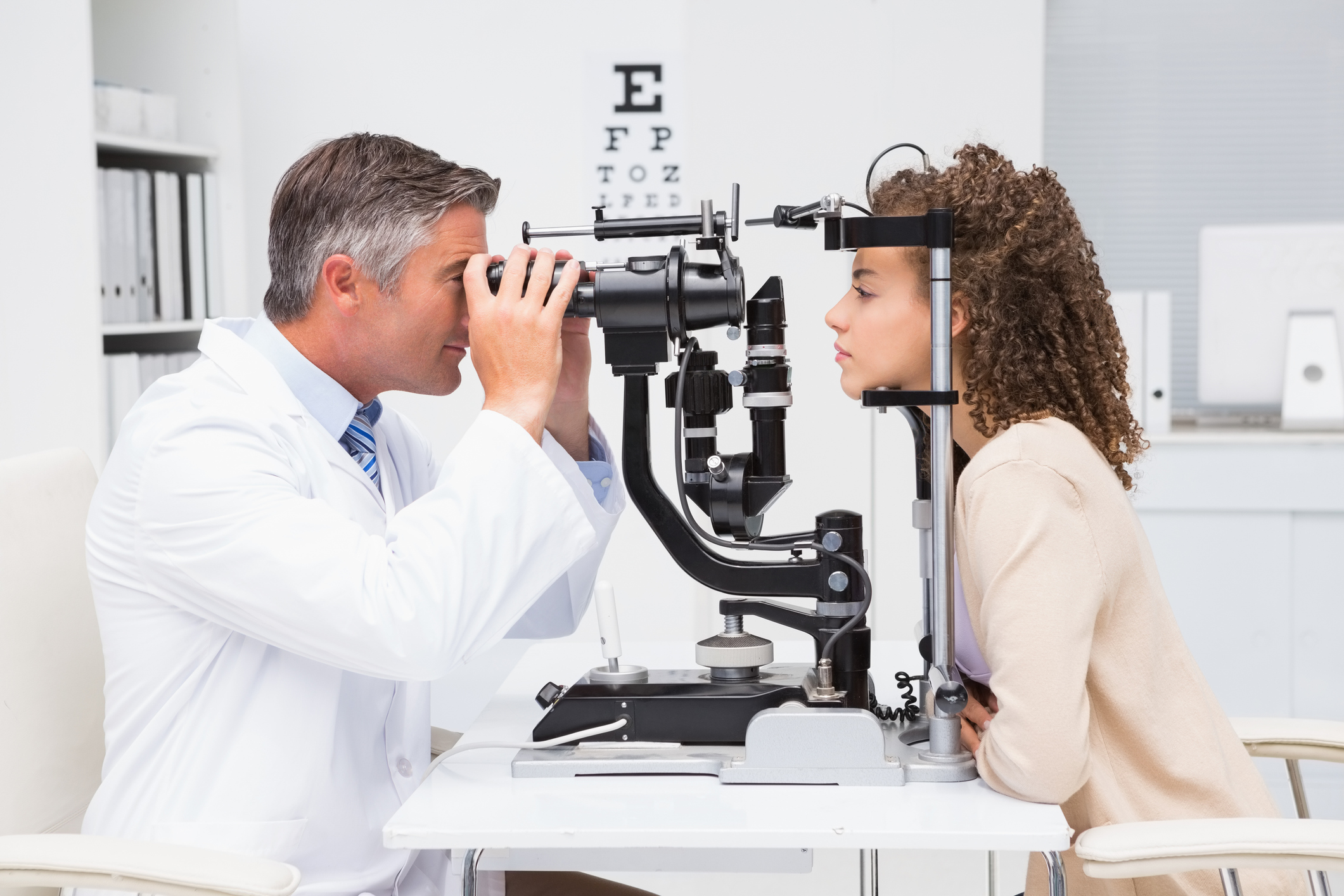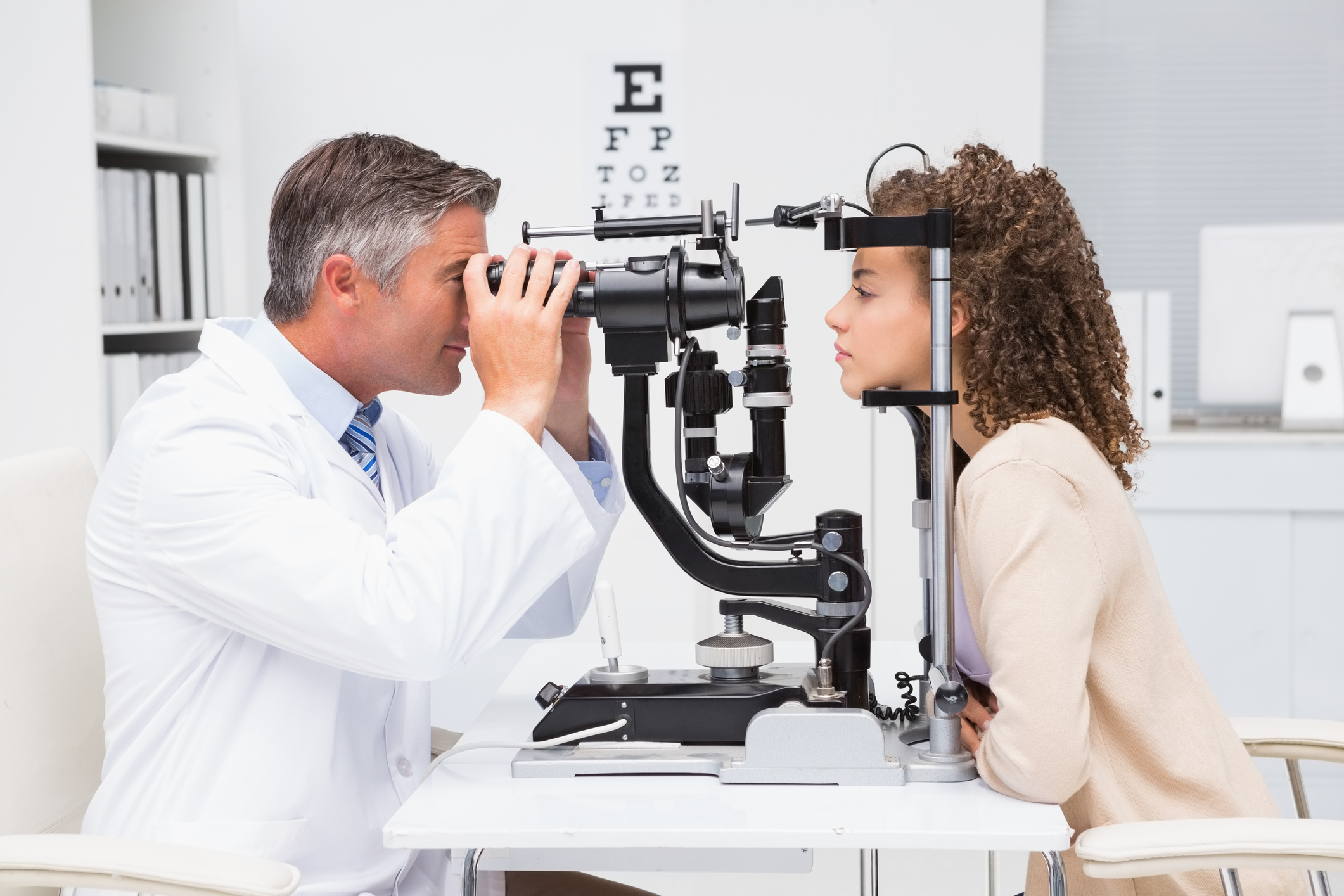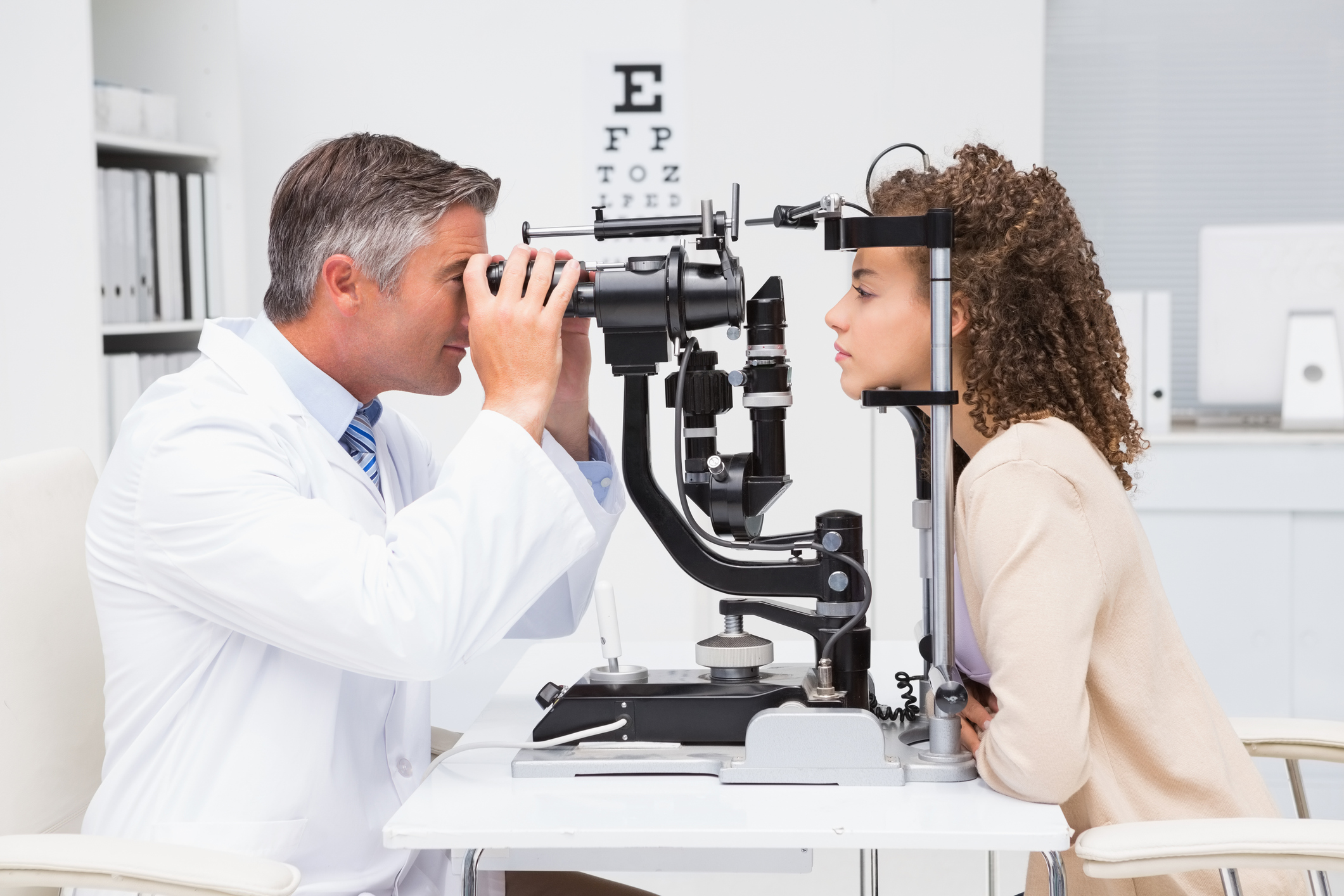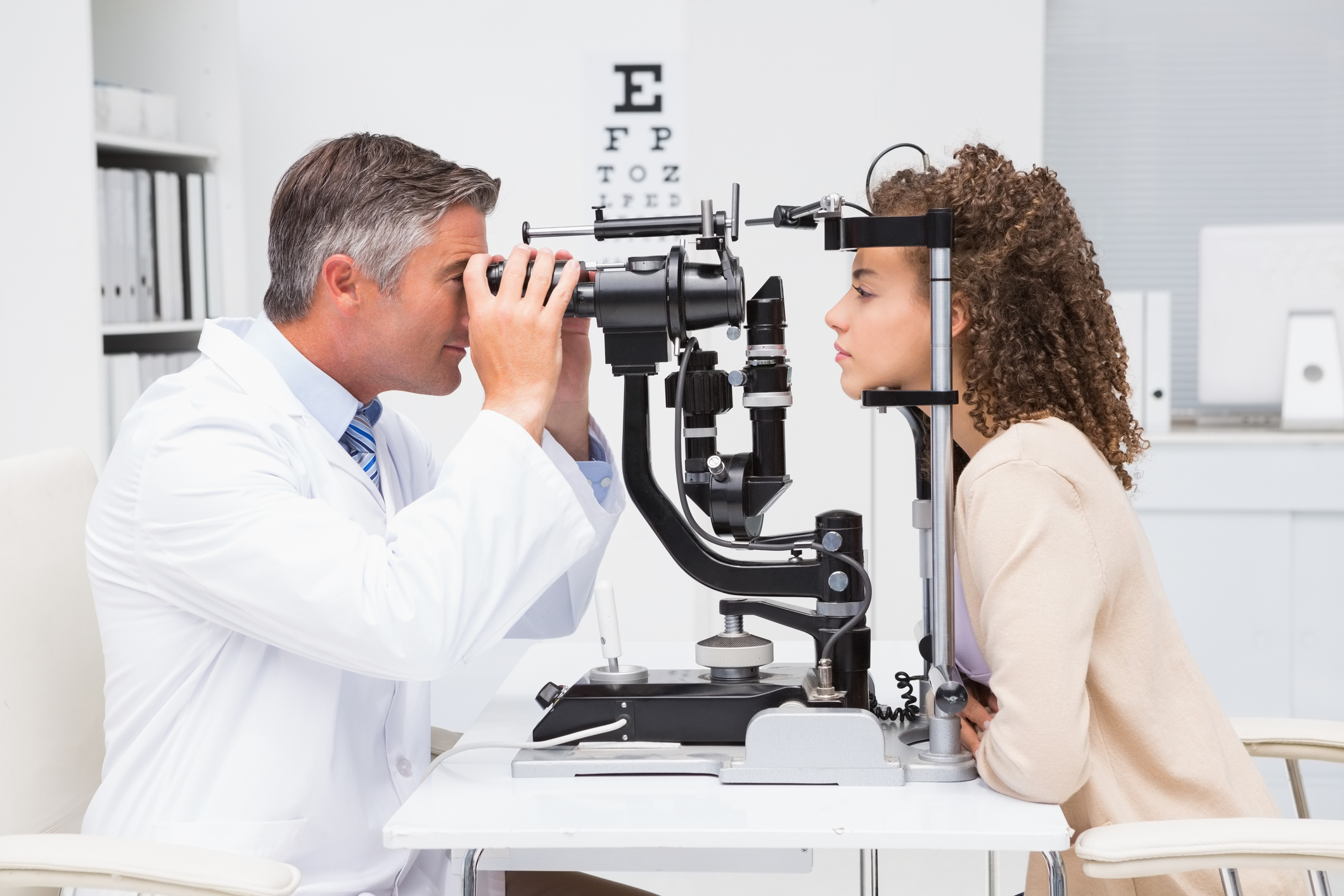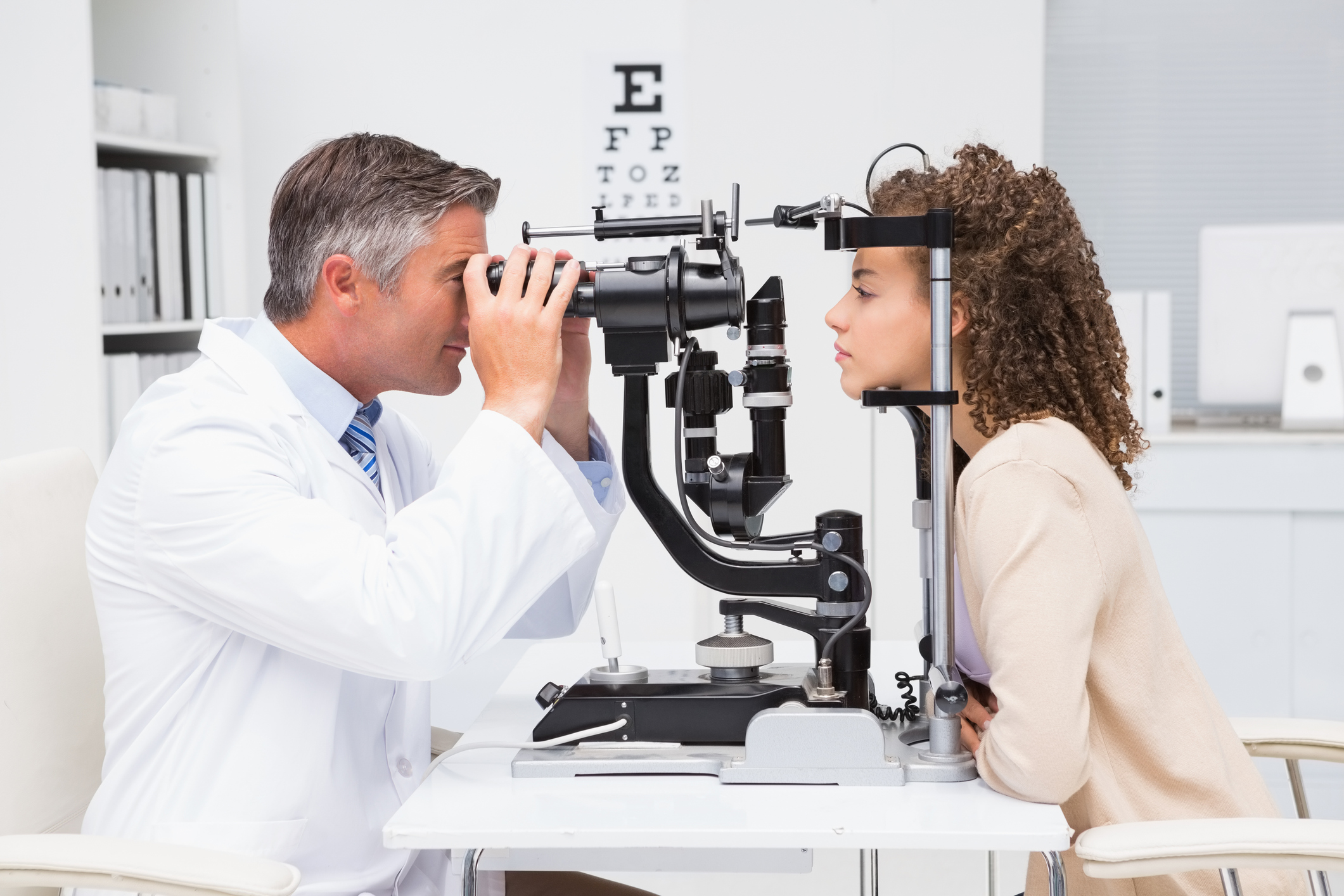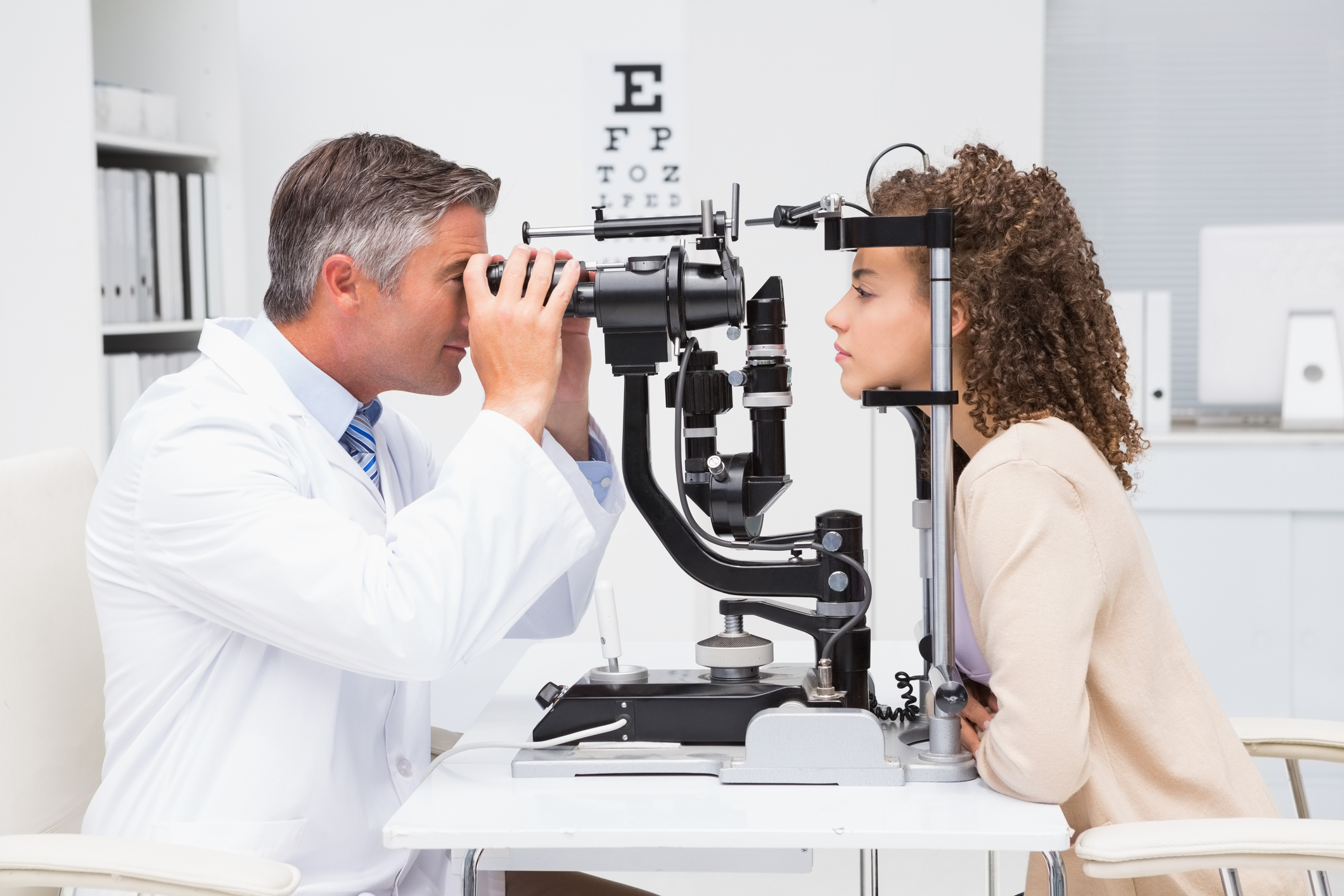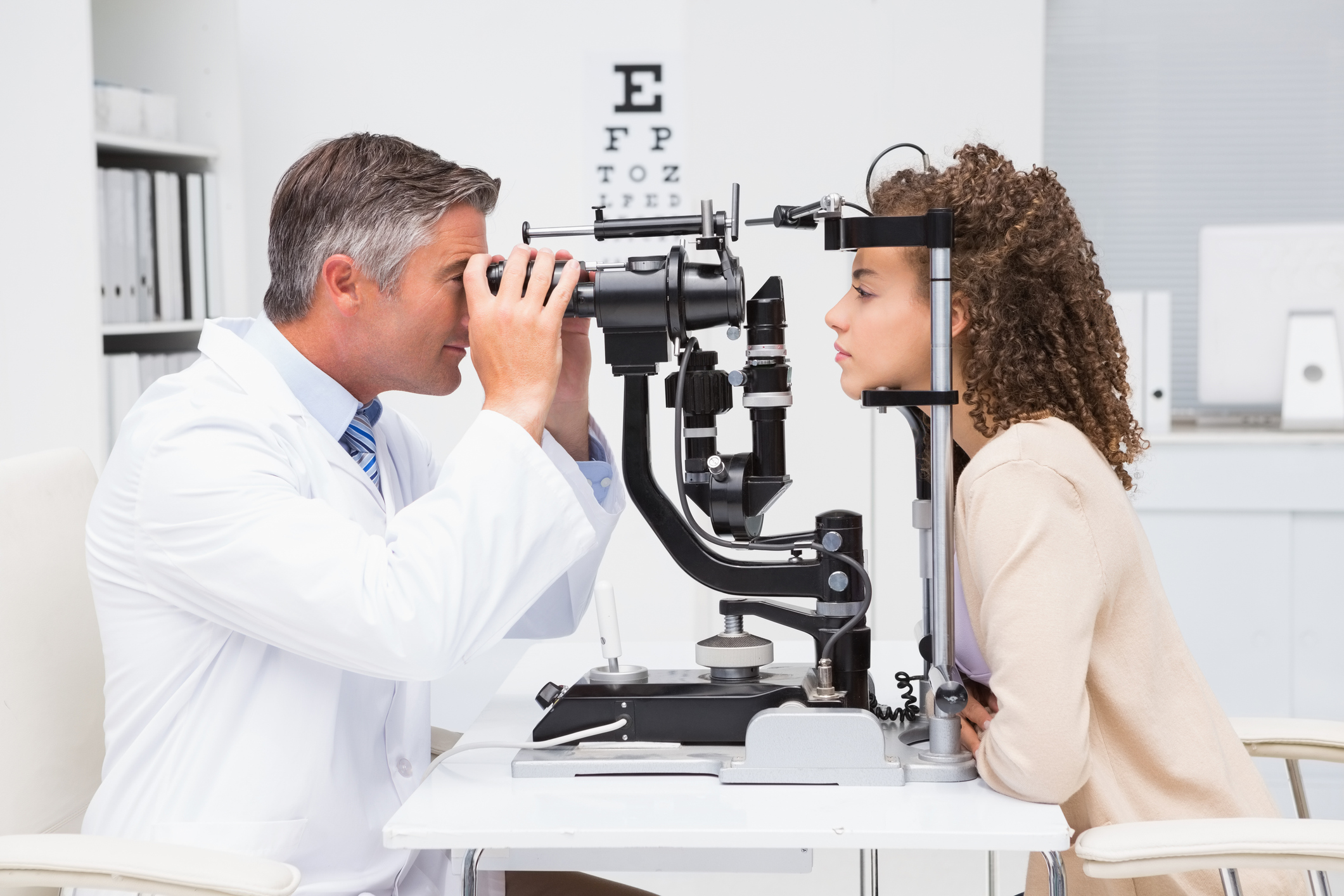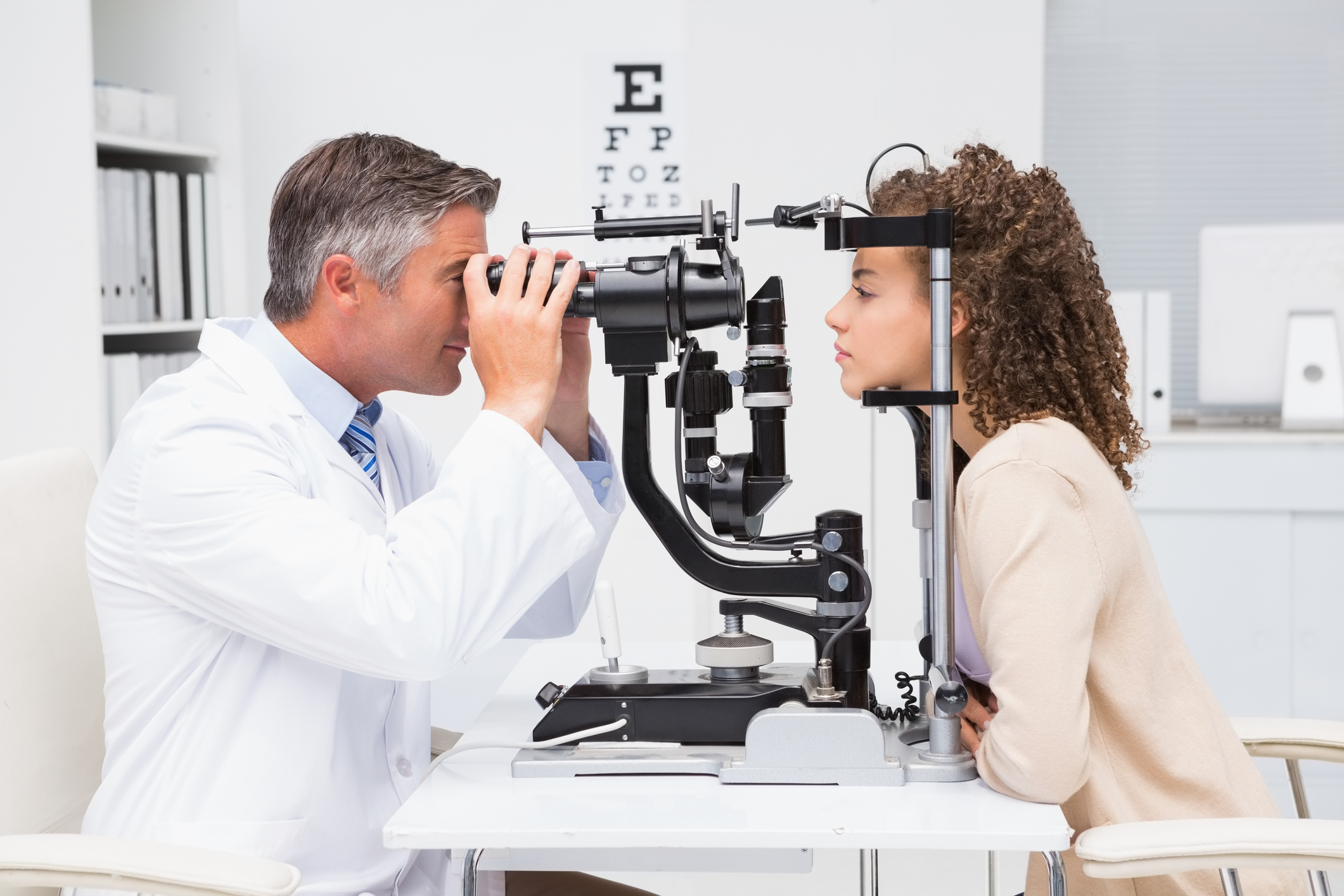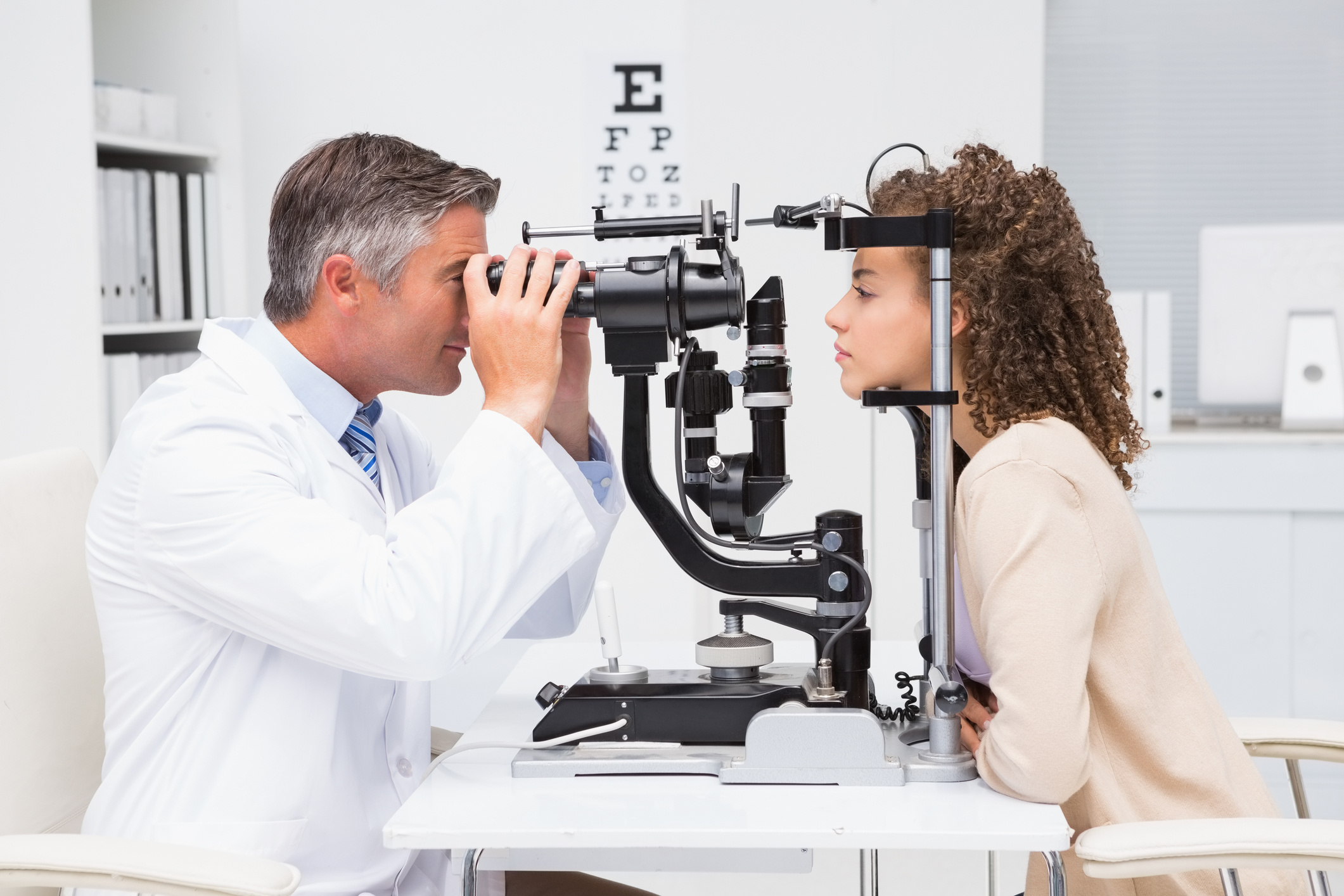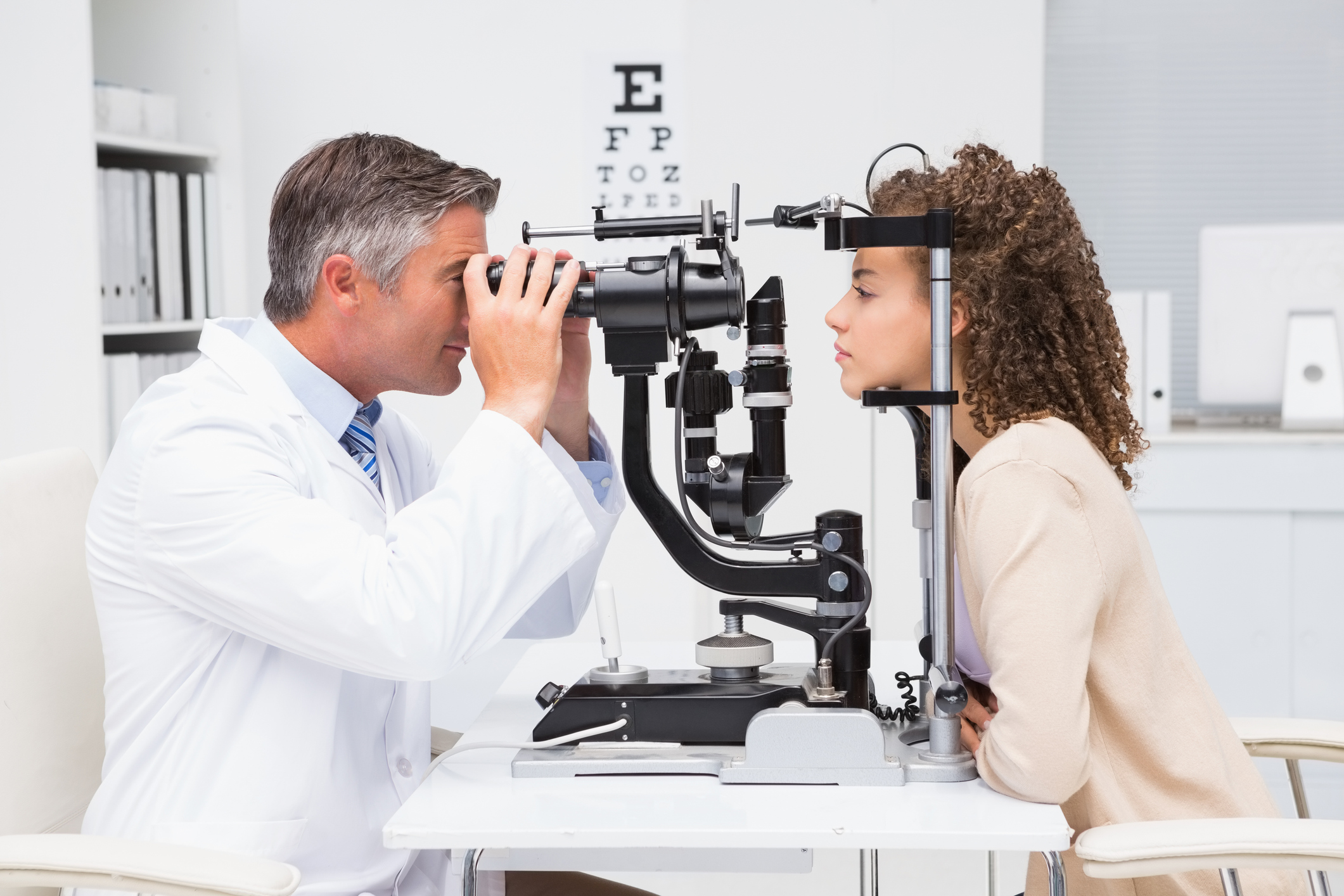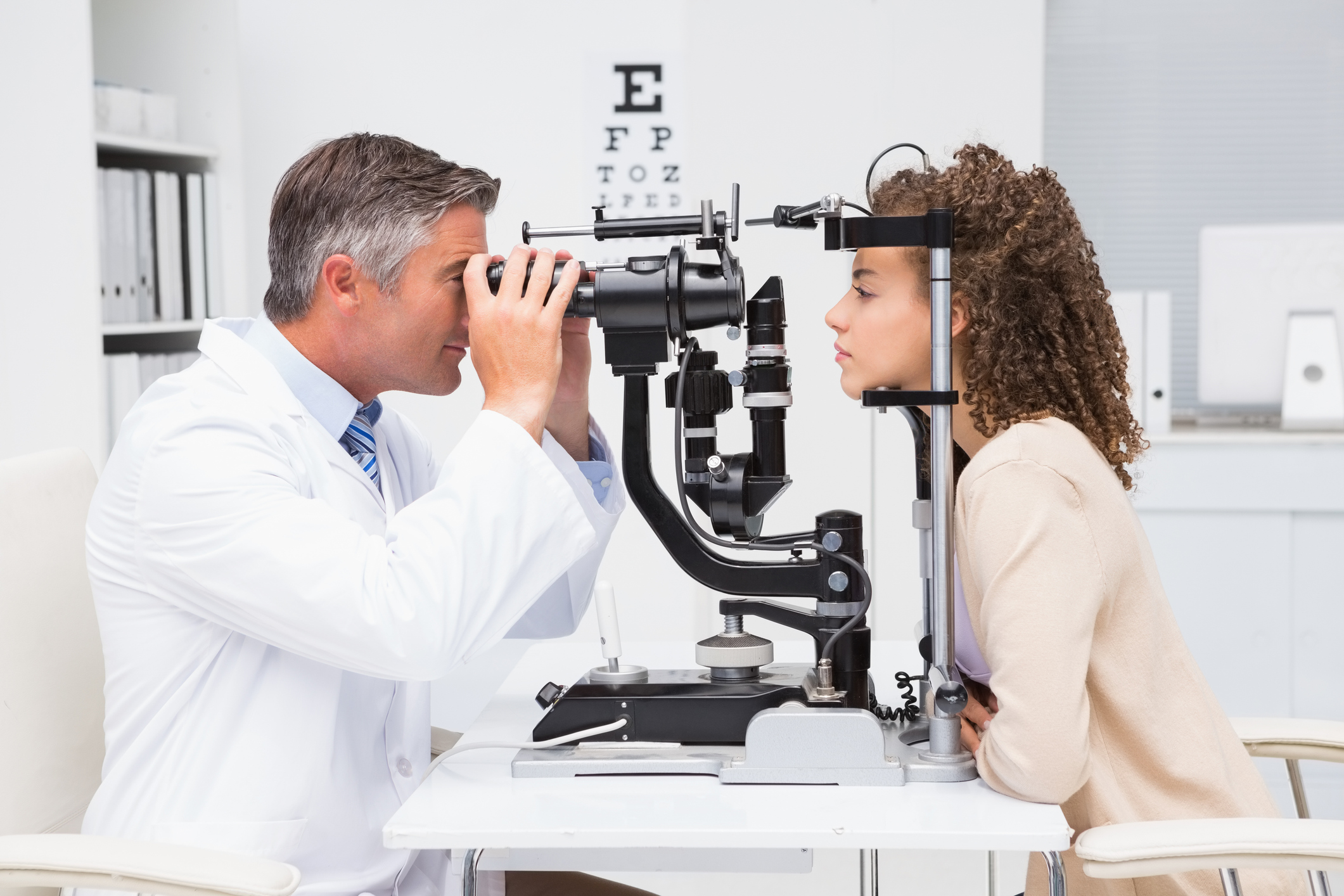Running a high street optician practice involves numerous risks that could potentially threaten your business operations and f…
Contact Lens Fitting Insurance: Professional Protection for Eye Care Specialists
Contact lens fitting is a specialized service that requires precision, expertise, and comprehensive professional protection. For opticians and eye care professionals offering contact lens services, having the right insurance coverage is essential to protect against the unique risks associated with this specialized field of practice.
Understanding Contact Lens Fitting Risks
Contact lens fitting involves multiple stages of assessment, measurement, and ongoing care that can expose practitioners to various professional liability risks. From initial eye examinations and corneal measurements to ongoing aftercare and complication management, each step requires professional expertise and carries potential liability exposure.
The complexity of modern contact lens technology, including specialty lenses for conditions like keratoconus, presbyopia, and astigmatism, has increased both the opportunities and risks for practitioners. Improper fitting, inadequate follow-up care, or failure to identify contraindications can lead to serious complications including corneal infections, abrasions, or permanent vision damage.
Key Coverage Areas for Contact Lens Practitioners
Professional indemnity insurance for contact lens fitting should cover several critical areas. Clinical negligence claims may arise from improper lens selection, fitting errors, or inadequate patient education. Product liability coverage protects against claims related to defective lenses or adverse reactions to lens materials.
Failure to diagnose underlying eye conditions during pre-fitting examinations represents another significant risk area. Practitioners must be protected against claims alleging missed pathology or inappropriate lens recommendations for patients with contraindicated conditions.
Common Claims Scenarios
Contact lens-related insurance claims often involve corneal complications from poorly fitted lenses, including microbial keratitis, corneal ulcers, or oxygen deprivation injuries. These serious complications can result in substantial compensation claims and legal costs.
Allergic reactions to lens materials or care solutions represent another common claim type, particularly when practitioners fail to adequately assess patient sensitivities or provide appropriate product recommendations. Extended wear complications, including overnight wear injuries, also generate significant professional liability exposure.
Specialty Lens Considerations
Practitioners fitting specialty contact lenses face additional risks requiring enhanced coverage. Orthokeratology (Ortho-K) lenses for myopia control carry specific liability exposures related to corneal reshaping complications and treatment efficacy claims.
Scleral lens fitting for irregular corneas involves complex measurements and fitting procedures with potential for serious complications if performed incorrectly. Multifocal and toric lens fittings require precise calculations and ongoing adjustments that can lead to claims if visual outcomes don't meet patient expectations.
Regulatory Compliance Protection
Contact lens practitioners must comply with various regulatory requirements, including General Optical Council (GOC) standards and MHRA medical device regulations. Professional indemnity insurance should include regulatory defense coverage for investigations or disciplinary proceedings.
Data protection compliance is increasingly important, with patient records containing sensitive health information requiring secure handling. Cyber liability coverage protects against data breaches and GDPR compliance failures.
Patient Communication and Consent
Many contact lens fitting claims arise from communication failures or inadequate informed consent processes. Practitioners must ensure patients understand lens care requirements, wearing schedules, and potential complications before commencing treatment.
Documentation of patient education, care instructions, and follow-up appointments is crucial for defending against professional negligence claims. Insurance coverage should include protection for claims alleging inadequate patient communication or consent failures.
Aftercare and Follow-up Responsibilities
Contact lens aftercare represents a significant ongoing liability exposure for practitioners. Regular follow-up appointments are essential for monitoring lens performance and identifying early signs of complications.
Claims may arise from inadequate follow-up scheduling, failure to identify developing problems, or inappropriate management of lens-related complications. Professional indemnity coverage must protect against these ongoing care responsibilities.
Technology and Equipment Coverage
Modern contact lens practices rely heavily on sophisticated diagnostic equipment including corneal topographers, aberrometers, and OCT scanners. Equipment failure or calibration errors can lead to fitting mistakes and subsequent patient harm.
Professional indemnity insurance should cover claims arising from equipment-related errors, including protection against losses from diagnostic equipment failures or software malfunctions affecting patient care.
Business Interruption Considerations
Contact lens practices face unique business interruption risks from equipment failures, contamination incidents, or regulatory investigations. Specialized coverage protects against income losses from practice closures or restrictions on contact lens services.
Supply chain disruptions affecting specialty lens availability can also impact practice operations and patient care continuity, requiring appropriate business interruption protection.
Choosing Appropriate Coverage Limits
Contact lens fitting insurance requires careful consideration of appropriate coverage limits based on practice size, patient volume, and specialty services offered. Claims involving serious corneal complications can result in substantial compensation awards requiring adequate professional indemnity limits.
Legal defense costs for complex contact lens claims can be significant, particularly for cases involving expert witnesses and technical evidence. Comprehensive coverage should include full legal cost protection without eroding main policy limits.
Risk Management Best Practices
Effective risk management is essential for contact lens practitioners to minimize claim exposure and maintain insurance coverage. Comprehensive patient screening protocols help identify unsuitable candidates and contraindicated conditions before lens fitting commences.
Detailed documentation of all patient interactions, fitting procedures, and care instructions provides crucial evidence for defending against professional negligence claims. Regular equipment maintenance and calibration records demonstrate professional standards compliance.
Staff Training and Competency
Contact lens practices employing multiple practitioners must ensure all staff maintain appropriate competency levels and professional development. Insurance coverage should extend to all qualified practitioners working within the practice.
Locum and temporary staff arrangements require specific insurance considerations to ensure continuous professional indemnity protection during staff absences or peak periods.
Conclusion
Contact lens fitting insurance represents a specialized area of professional indemnity coverage requiring expert understanding of the unique risks facing eye care practitioners. Comprehensive protection must address clinical negligence, product liability, regulatory compliance, and business continuity risks specific to contact lens services.
Working with insurance specialists experienced in optometry and contact lens practice ensures appropriate coverage selection and risk management support. Regular policy reviews help maintain adequate protection as practices evolve and new technologies emerge in the contact lens industry.
For expert guidance on contact lens fitting insurance and comprehensive professional protection for your eye care practice, contact our specialist team at 0330 127 2333 or visit our website for a tailored quotation.


 0330 127 2333
0330 127 2333
